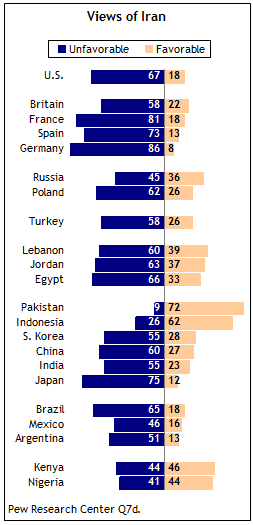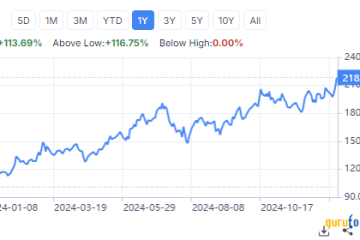The Status of Iran’s Nuclear Weapons Development

Introduction
The topic of nuclear weapons in Iran has been a focal point of international concern for decades. With geopolitical tensions in the Middle East and the potential for nuclear armament, the question, ‘Does Iran have nuclear weapons?’ has become increasingly significant. This inquiry directly impacts global security, diplomatic relations, and the stability of the region.
The Evolution of Iran’s Nuclear Program
Iran’s nuclear program began in the 1950s under the U.S. Atoms for Peace program but shifted towards military applications after the 1979 revolution. In 2006, Iran publicly acknowledged its nuclear ambitions, asserting its right to develop nuclear technology for peaceful purposes. This assertion has led to ongoing suspicions and allegations of secret weapons development.
International Responses and Agreements
In response to concerns about Iran’s nuclear intentions, several agreements have been attempted, the most notable being the Joint Comprehensive Plan of Action (JCPOA) reached in 2015. Under the JCPOA, Iran agreed to limit its uranium enrichment and allow comprehensive inspections by the International Atomic Energy Agency (IAEA) in exchange for relief from economic sanctions. However, in 2018, the United States withdrew from the agreement, leading to renewed tensions and allegations that Iran has escalated its nuclear activities.
Current Status of Iran’s Nuclear Capabilities
As of October 2023, Iran does not officially possess nuclear weapons. The IAEA continues to monitor the country’s nuclear facilities, although reports indicate that Iran has enriched uranium up to 60% purity—close to weapons-grade levels of 90%. Furthermore, recent intelligence suggests that Iran has made progress in its missile technology, raising concerns that these could potentially deliver nuclear payloads.
Implications for Global Security
The prospect of a nuclear-armed Iran poses significant concerns for regional and global stability. Countries such as Israel and Saudi Arabia view Iran’s nuclear potential as a direct threat, which could spark an arms race in the Middle East. Meanwhile, diplomatic efforts continue to negotiate a solution, although the outcomes remain uncertain.
Conclusion
While Iran currently does not have nuclear weapons, its advancements in nuclear technology and missile capability are alarming to many international observers. The situation remains complex and dynamic, with the potential for escalation if diplomatic pathways fail. Understanding Iran’s nuclear ambitions is critical for assessing the broader implications for international peace and security.









